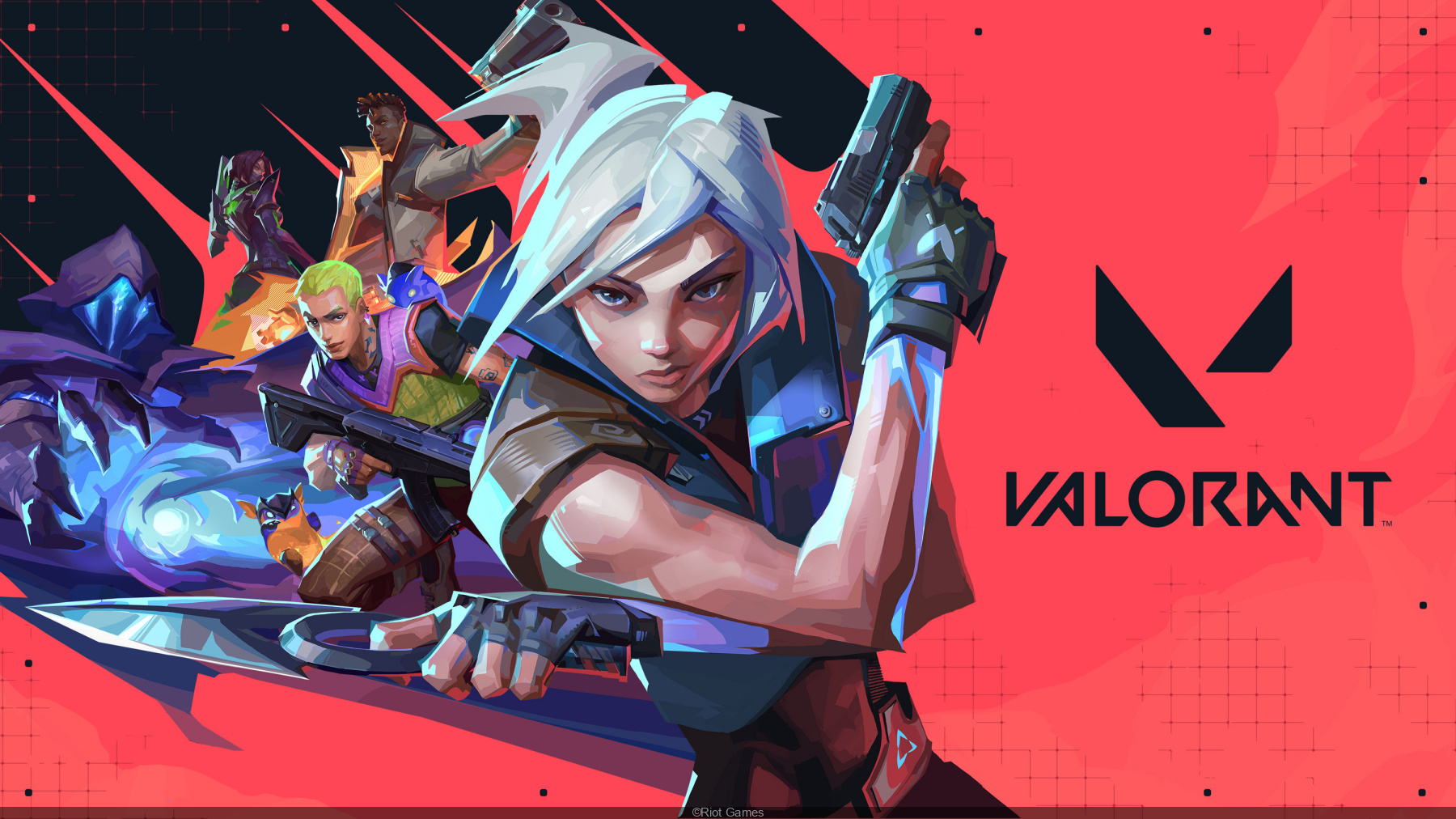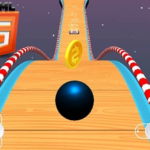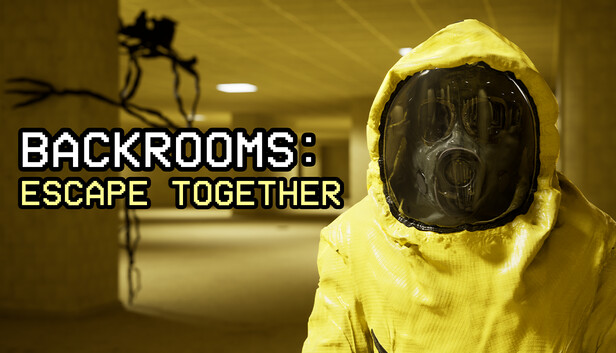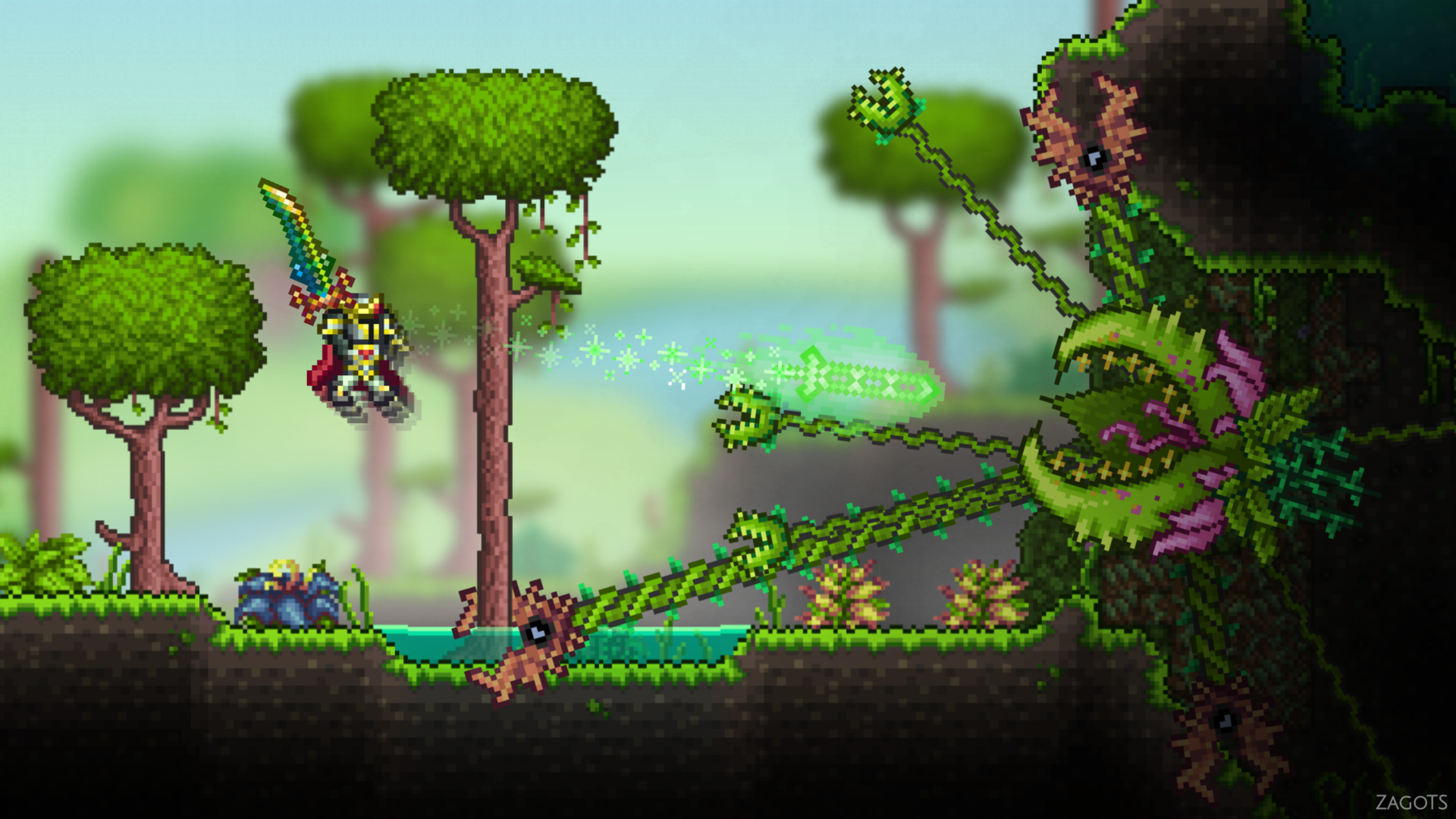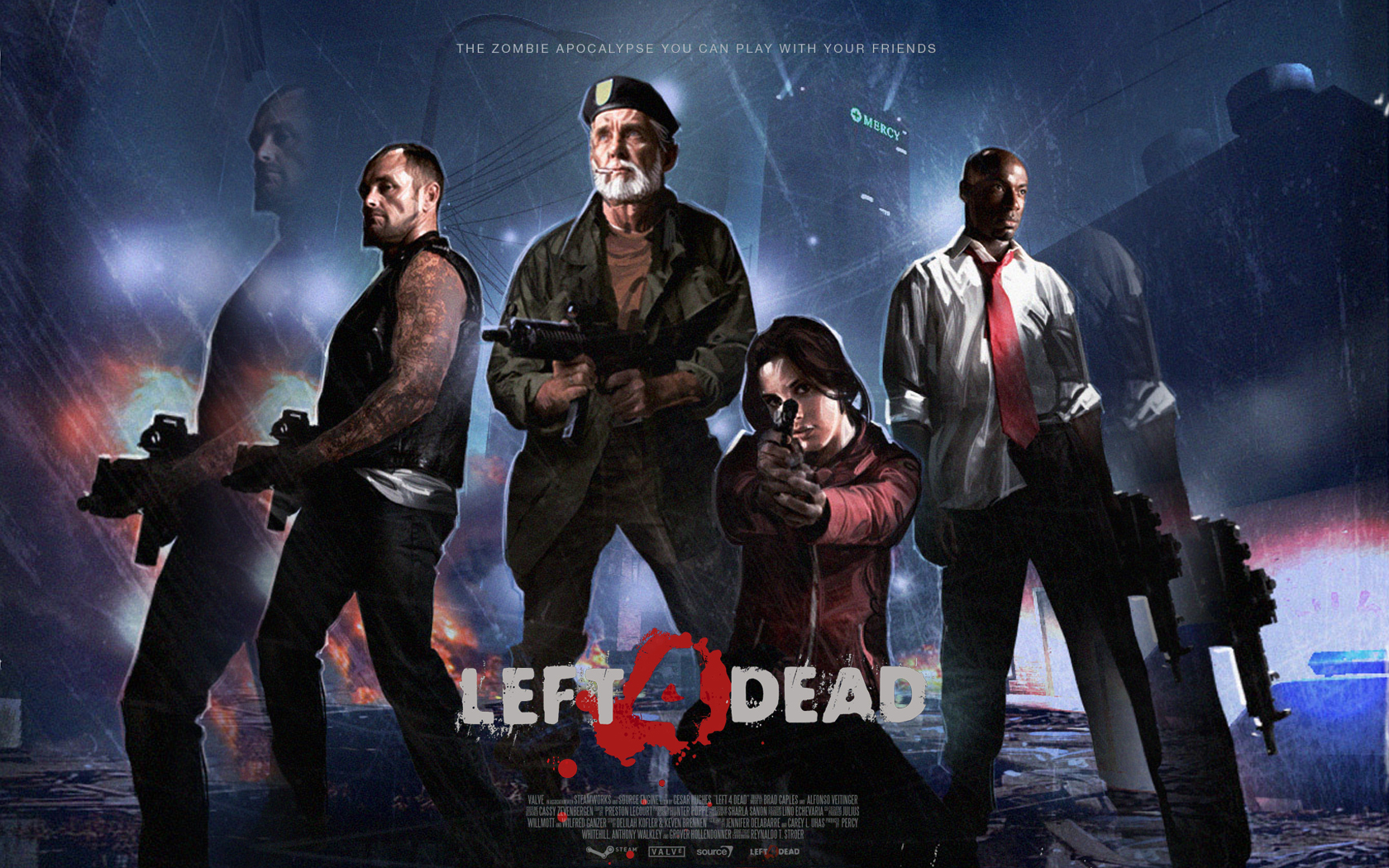Introduction
Since its official release in June 2020, Riot Games’ Valorant has carved a significant niche in the competitive shooter genre. It takes the basics of classic bomb‑plant shooters like Counter‑Strike: Global Offensive (CS:GO) and adds a layer of hero‑shooter flair akin to Overwatch—resulting in high‑skill, high‑strategy matches that have earned it both praise and criticism. Celebrated for its sharp gunplay and deep tactical design, Valorant has also faced scrutiny for its aggressive anti‑cheat software, community toxicity, and pricey in‑game cosmetics. In 2025, the game entered its V25 season, embracing console rollouts, lore expansions, replays, and an Unreal Engine 5 overhaul .
This review delves into Valorant’s core gameplay, technical execution, monetization, esports ecosystem, and evolving landscape—examining whether it genuinely stands out or simply feels like a hybrid of other popular titles.
1. Core Gameplay & Tactical Depth

Gunplay
Valorant’s foundation lies in its precise, reward‑skill‑based gunplay. Weapons feel impactful, with recoil patterns demanding practice and mastery. This focus on mechanical skill echoes CS:GO’s high bar for aim, while still remaining more forgiving for newer players .
Agents & Abilities
Valorant introduces a diverse roster of over 25 Agents, each equipped with unique abilities that enhance tactical play. From Omen’s stealthy smokes and teleports to Reyna’s kill‑based sustain and invisibility, the variety is vast . Agents are balanced to ensure none become overpowering, but occasional spikes—like early Reyna dominance—require quick Riot responses .
Map Design & Economy
Valorant’s maps are purpose‑built for strategic engagements. Narrow corridors, multiple entryways, and hidden angles encourage coordinated execution and positional awareness . The economy system, integral to gameplay, forces players to manage resources and strategize buys—much like CS:GO .
Game Modes
The classic “Bomb‑Defuse” mode is the core experience. For faster, casual play, Spike Rush offers 4‑round mini‑matches with pre‑selected weapons and boosted abilities . The Range and tutorial areas support newcomers with practice in utility, aim, and bomb mechanics .
2. Technical Performance & Engine Evolution
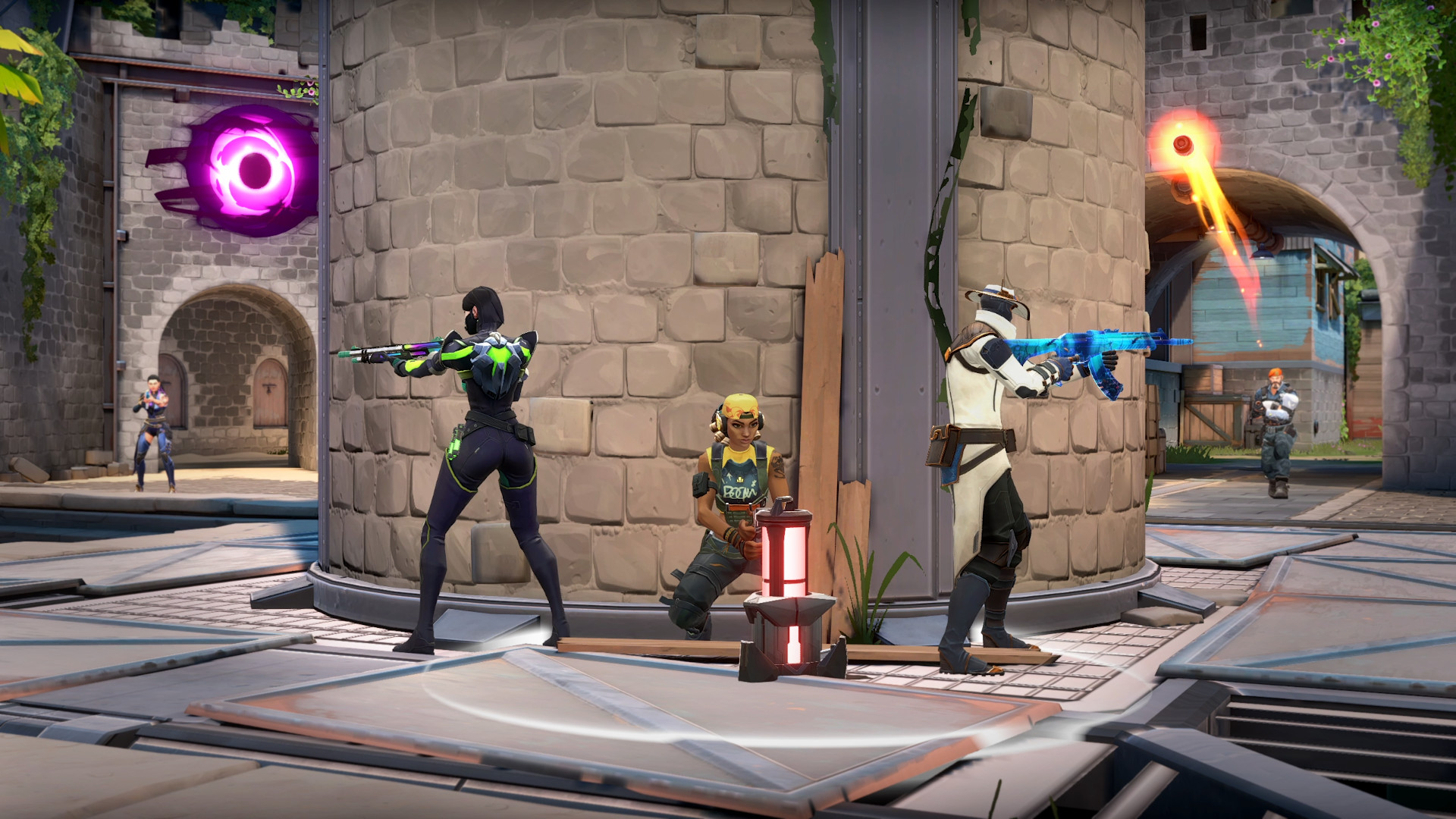
Server & Tick‑Rate
Valorant runs on 128‑tick servers—double many other online shooters—ensuring precise hit registration and consistent networking . This emphasis on performance supports its competitive credibility.
Graphics
Designed to be lightweight, Valorant’s visuals are clean, colorful, and functional. They privilege clarity over high fidelity, ensuring smooth 120+ FPS even on modest systems . Some critics label the aesthetic "bland," but it aims for minimal distractions .
Audio Design
Sound plays a central role in tactical awareness—footsteps, gunshots, and ability cues can make or break rounds. While most audio is sharp and directional, instances of misleading positioning have been reported, affecting gameplay reliability .
Anti‑Cheat: Vanguard
The Vanguard kernel‑level anti‑cheat was a bold decision to curb cheating, but it has raised privacy concerns. Its invasive presence at system boot and potential compatibility issues have sparked controversy .
Engine Upgrade & Replays
In July 2025, Valorant is transitioning to Unreal Engine 5 (via patch 11.02), promising performance boosts, smaller patches, and retroactive cosmetic bonuses for players . Additionally, a fully featured replay system is slated for September (patch 11.06), initially on PC—empowering players to review gameplay, analyze opponents, and report misconduct .
3. Monetization & Cosmetic System
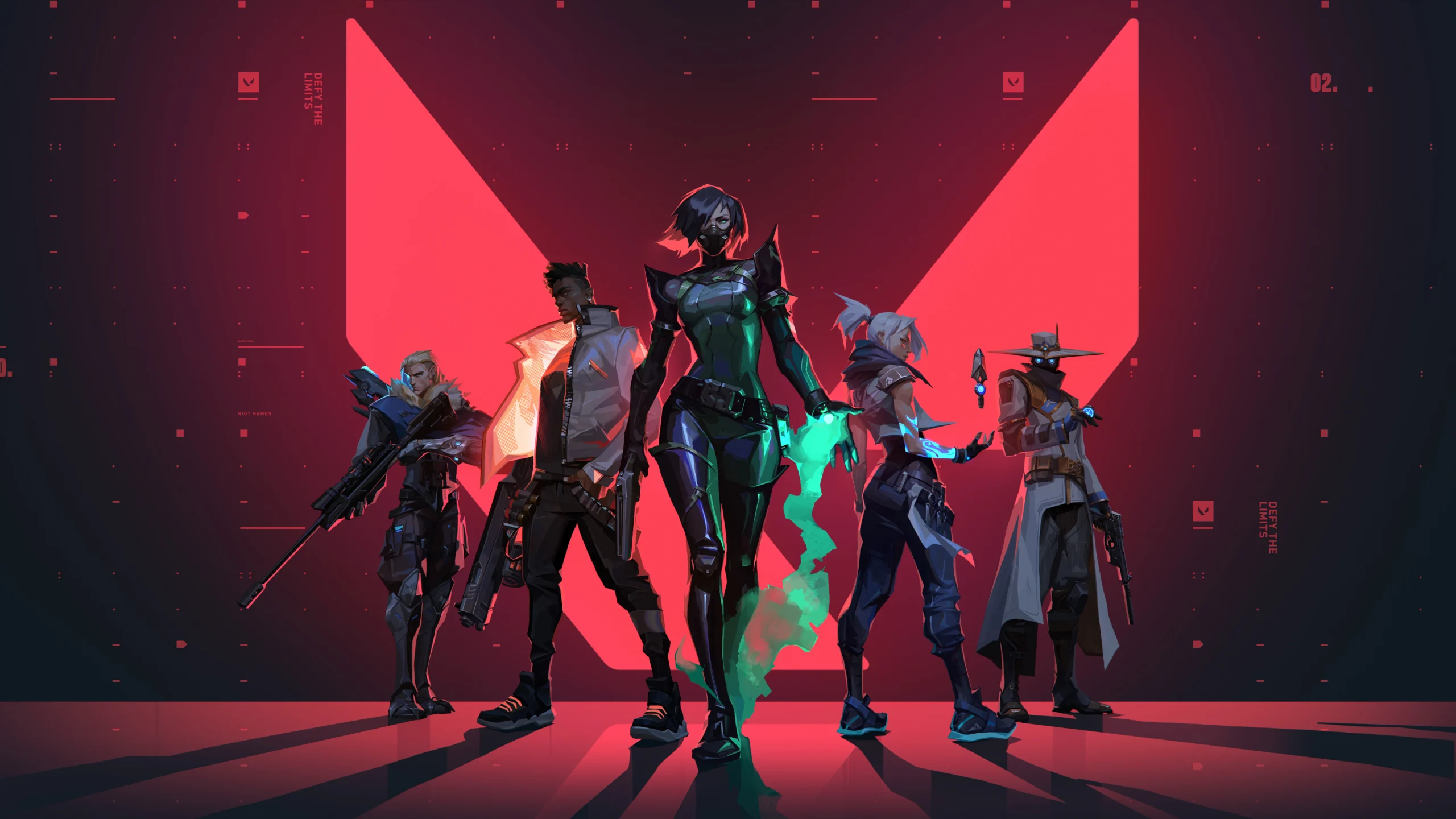
Free‑to‑Play Model
Valorant is free to play, offering all competitive Agents unlockable via gameplay. Regular battle passes and episodic content updates make it accessible without paywalls .
Cosmetics
Skins, sprays, and buddies are sold directly in the store. However, Riot’s pricing is considered steep—e.g., the Sovereign bundle priced above AUD 100—is negatively noted by players .
Progression & Interface Issues
Some community feedback highlights difficulties in browsing the store or understanding progression systems, with clunky menus and unclear reward structures .
4. Community, Toxicity & Support
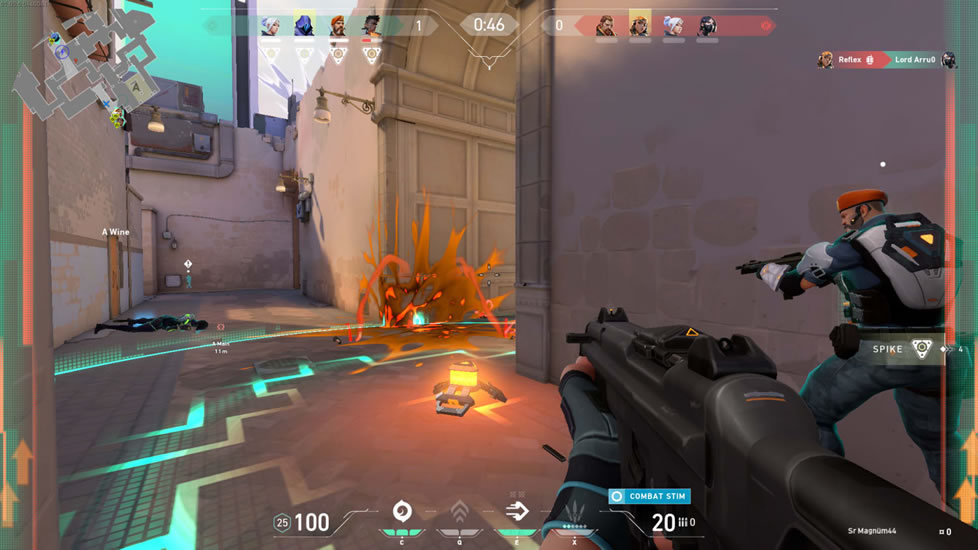
Player Behavior
With its competitive nature, Valorant attracts toxicity—especially voice‑chat harassment. Surveys indicate around 79–80% of players encounter abuse . Riot has implemented reporting systems, multi‑factor authentication to crack down on smurfs, and stricter matchmaking tools .
Bug Reports & Technical Support
Players sometimes report crashes post‑update. Common fixes include driver reinstalls, DISM/SFC scans, hardware tweaks, or Vanguard workarounds like disabling core isolation .
Riot’s Response
Reactions to these issues have been mixed—Riot tackles major bugs quickly but occasional communication gaps frustrate some users .
5. Esports & Competitive Scene
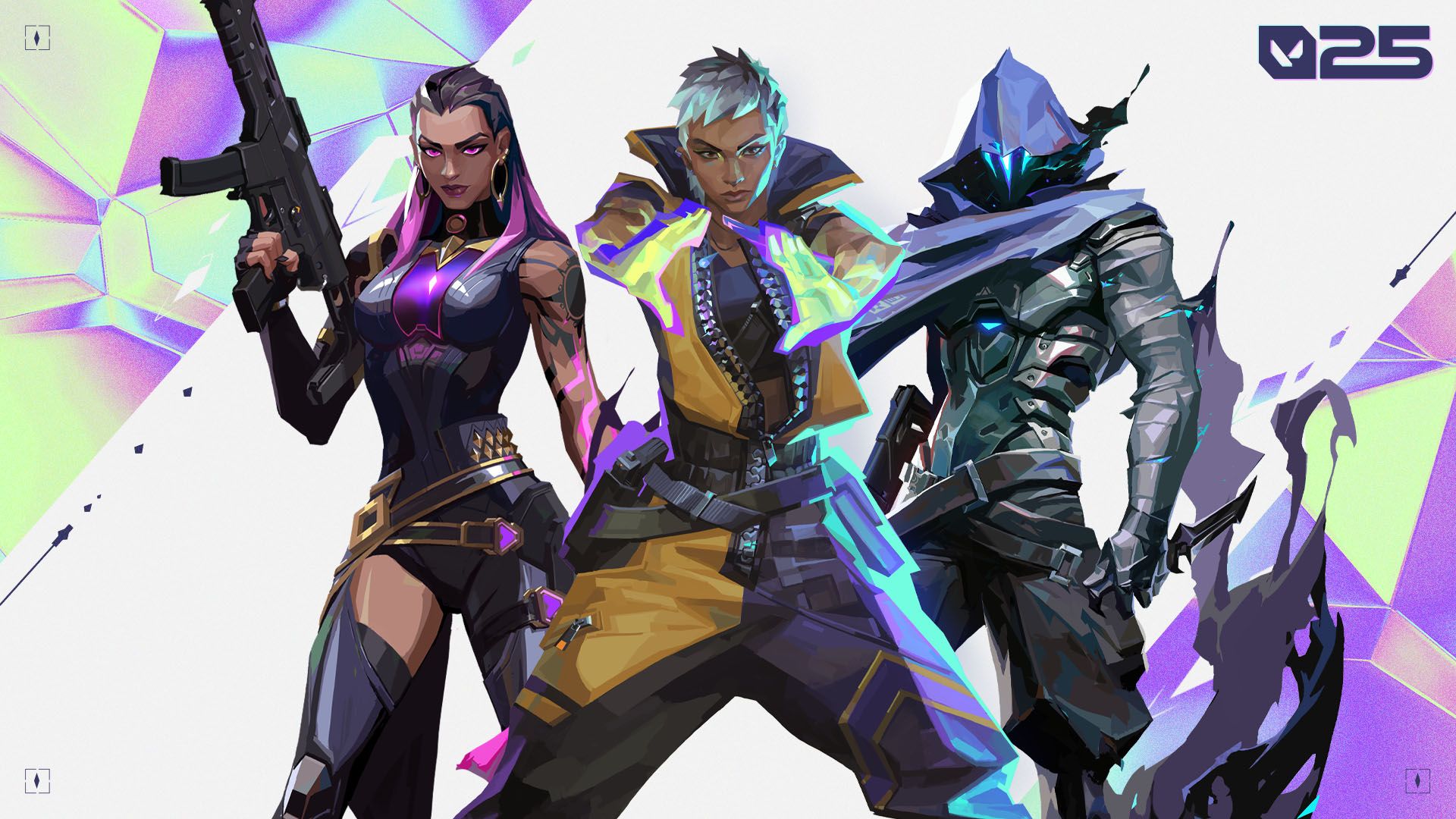
Valorant Champions Tour (VCT)
Championship events like Masters Madrid 2024 and Masters Shanghai 2024 showcased elite play, with teams like Sentinels, Gen.G, Edward Gaming, and Team Heretics vying for global dominance .
2025 Toronto & Esports World Cup
In June 2025, Paper Rex triumphed at Masters Toronto, defeating Fnatic 3–1 . Then, at the 2025 Esports World Cup in Riyadh (July 8–13), Team Heretics staged a dramatic reverse‑sweep to claim victory over Fnatic . Valorant’s inclusion solidifies its place on the international esports stage.
Competitive Ecosystem
Valorant’s esports structure supports grassroots to pro levels. The 5th anniversary “V25” updates pledge improvements to matchmaking, replay tech, and reduced toxicity .
6. Strengths & Critiques

Strengths
-
Sharpened Mechanics: High‑precision gunplay and fair networking make favorite competitive moments possible .
-
Strategic Variety: Agent choices and multi‑layered tactics allow for diverse playstyles and constant strategic evolution .
-
Esports Excellence: Frequent global tournaments, thriving professional scene, and official support drive competitive engagement .
-
Technical Quality: Strong server performance, upcoming UE5, and replay rollout speak to Riot’s long‑term investment .
Areas for Improvement
-
Audio Flaws: Spatial imprecision has occasionally disrupted gameplay precision .
-
Toxic Culture: Harassment remains widespread despite Riot’s efforts .
-
Interface Design: Reports highlight convoluted UX in store and progression systems .
-
Privacy Concerns: Vanguard’s root‑level access still unsettles many users .
-
Monetization Pressure: Skins can feel overpriced and accessible only to frequent spenders .
7. Recent & Upcoming Enhancements
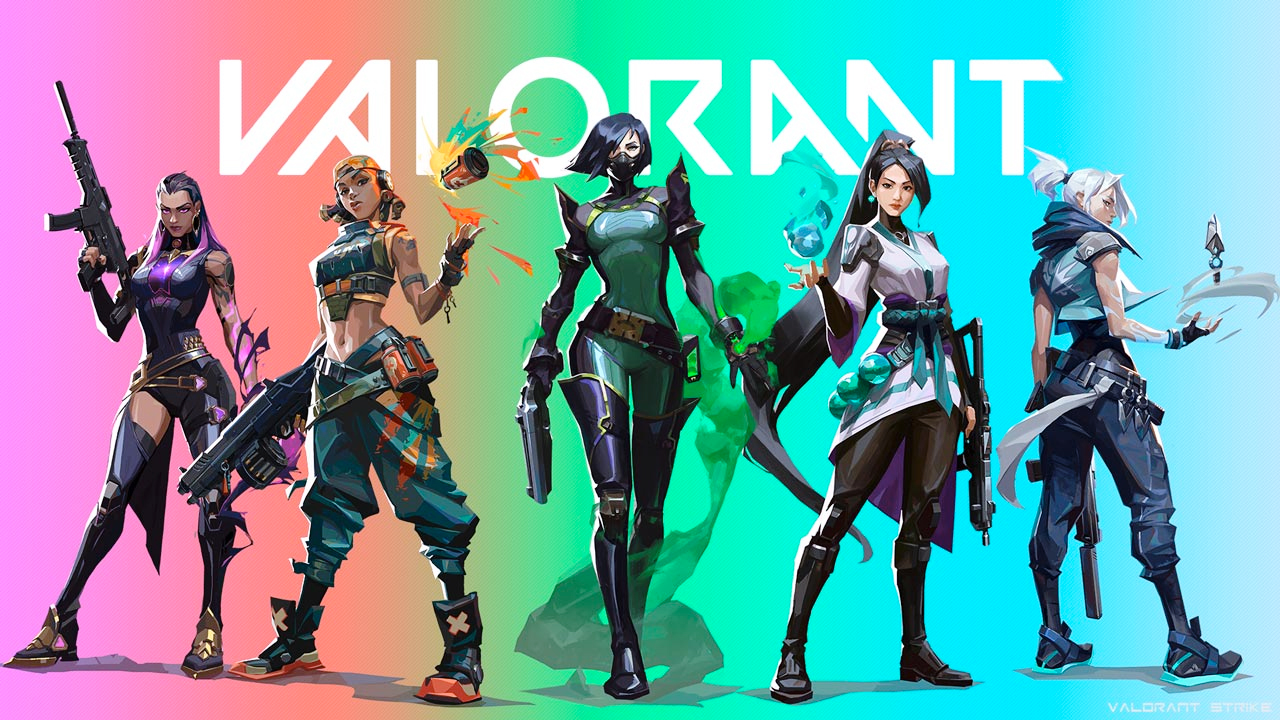
-
Unreal Engine 5 Migration (July 2025) for technical optimization and aesthetic polish .
-
Replay System (Sept 2025) launching on PC, eventually expanding to console .
-
Security Upgrades: multi‑factor authentication, improved matchmaking/reporting tools .
-
Season Transition: “V25” introduces seasons, lore, repositioned Champions event, and console support .
🎯 Conclusion
Valorant stands out as a refined, strategic addition to the tactical shooter landscape. Its intense gunplay, Agent diversity, and esports-driven design make it a formidable choice for competitive players. Architectural choices—like 128‑tick servers and UE5 migration—highlight Riot’s commitment to performance and longevity. However, challenges linger: audio inaccuracies, toxicity issues, heavy anti‑cheat enforcement, and a monetization strategy that can feel exclusionary.
Valorant is addictive, rewarding, and engaging, but only if one can navigate its aggressive culture, paywall barriers, and technical quirks. With upcoming features like replays and broader platform support, Valorant’s trajectory remains upward—though addressing player‑facing issues will be essential to sustain long‑term appeal.
-
Why it works: Tactical depth, esports backing, technical polish.
-
Why it struggles: Community toxicity, privacy concerns, UI friction, overpriced cosmetics.
For players who thrive on teamwork, strategic execution, and competitive progression, Valorant is an exceptionally strong contender—even if it could be more welcoming and less monetarily demanding. Its continued evolution in 2025 suggests Riot is listening and iterating—and if they succeed in balancing polish with player experience, Valorant could be remembered as a genre‑shaping classic.











